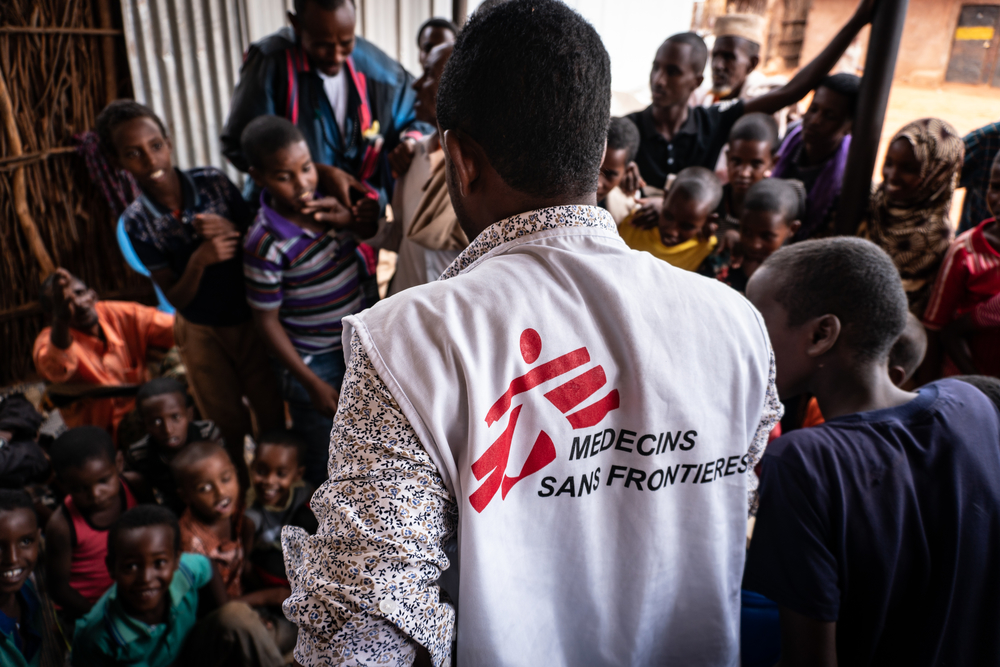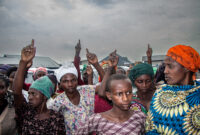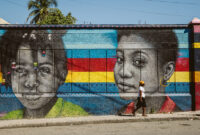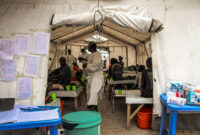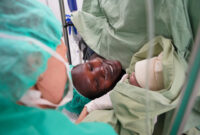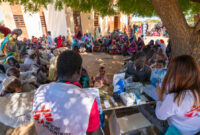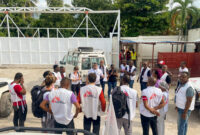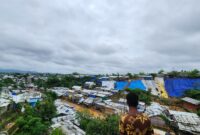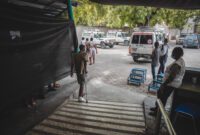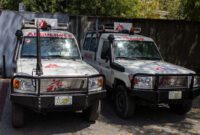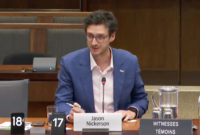MSF 10 monumental moments
Here’s a look at just a few of the humanitarian emergencies that Doctors Without Borders/Médecins Sans Frontières (MSF) has responded to over the last 10 years.
2010 – Haiti Earthquake
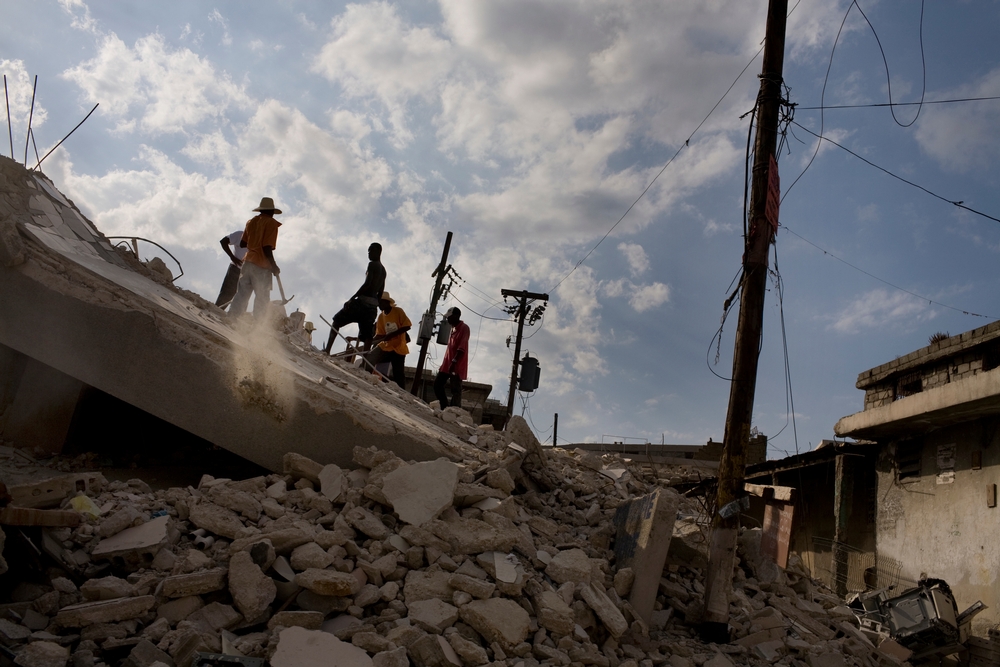
Just a day after the earthquake on January 12, MSF launched one of the largest emergency interventions in its history. Hundreds of thousands of people were either wounded or dead and millions had lost their homes. In October, after cholera hit, MSF mobilized hundreds of staff members to respond – opening more than 50 cholera treatment centres across Haiti, launching widespread public education campaigns, and providing care to more than 100,000 patients.
MSF continues to work in Haiti through a hospital opening in 2019.
2011 – Crisis in Somalia
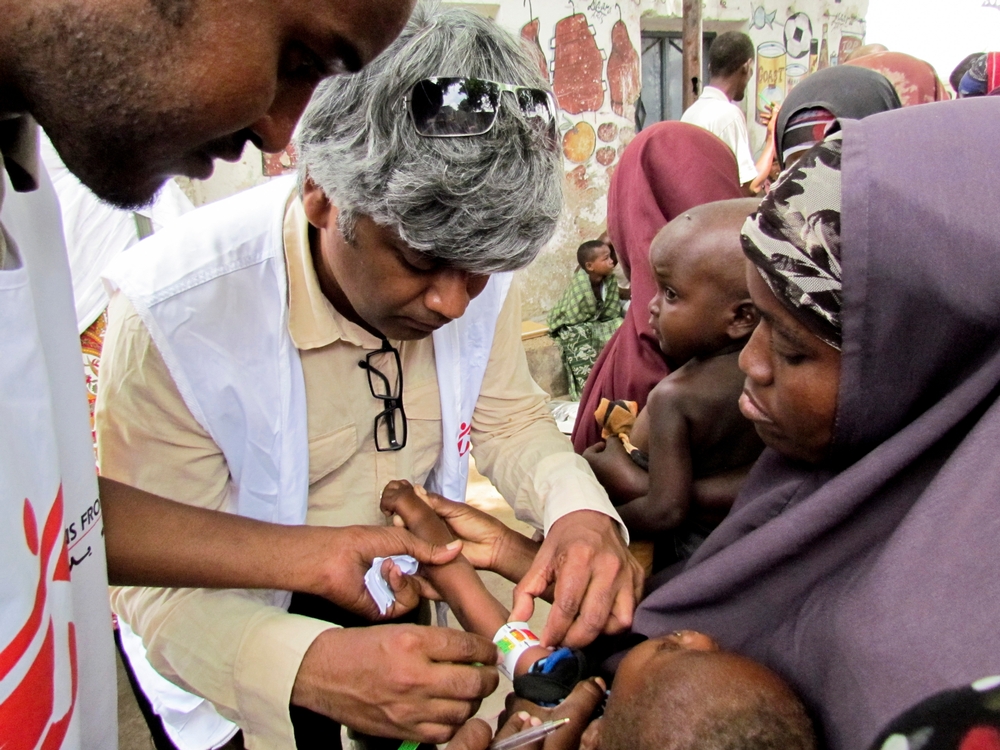
A devastating drought, protracted conflict, a collapsed health system and restricted access for relief organizations worsened the humanitarian crisis in Somalia in 2011. Hundreds of thousands of Somalis fled to the capital Mogadishu, or across the border to Kenya or Ethiopia, in search of help. Weakened and malnourished, many were living in unsanitary, crowded conditions, with little access to safe water.
In Mogadishu, MSF scaled up activities, opening health facilities in 12 new locations. MSF provided services from basic healthcare to surgery, nutritional support, cholera and measles treatment, vaccinations and maternal care, and supplied relief items to displaced and local populations.
In November 2019, MSF responded to floods in Somalia.
2012 – Displacement in South Sudan
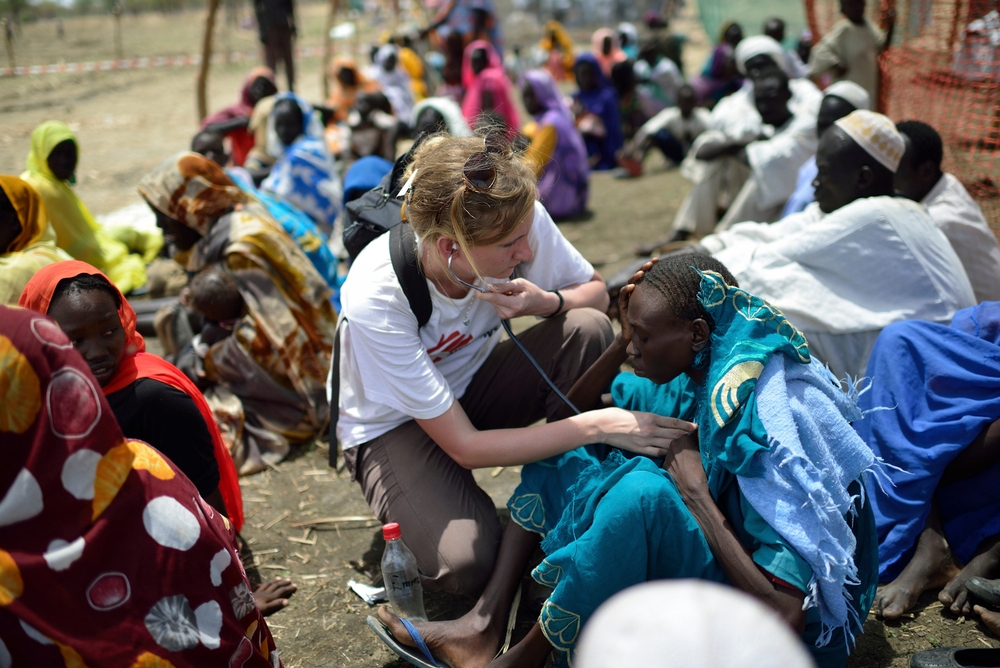
In Maban county, upper Nile state, an estimated 110,000 displaced people in four camps became entirely dependent on humanitarian organizations. However, the response failed to meet even basic needs, and in some camps mortality levels had reached double the emergency threshold by July.
MSF called for more humanitarian assistance as teams ran three field hospitals and seven outreach clinics across the camps, carrying out up to 8,000 medical consultations per week and caring for people suffering from the effects of lack of food and water and long journeys on foot. Staff provided treatment for malnutrition, skin and respiratory infections and diarrhoea. To address water supply, MSF also managed boreholes and hand pumps.
In 2019, there was severe flooding in South Sudan. MSF responded through assessing emergency needs in affected locations and providing aid.
2013 – Civil war in Syria
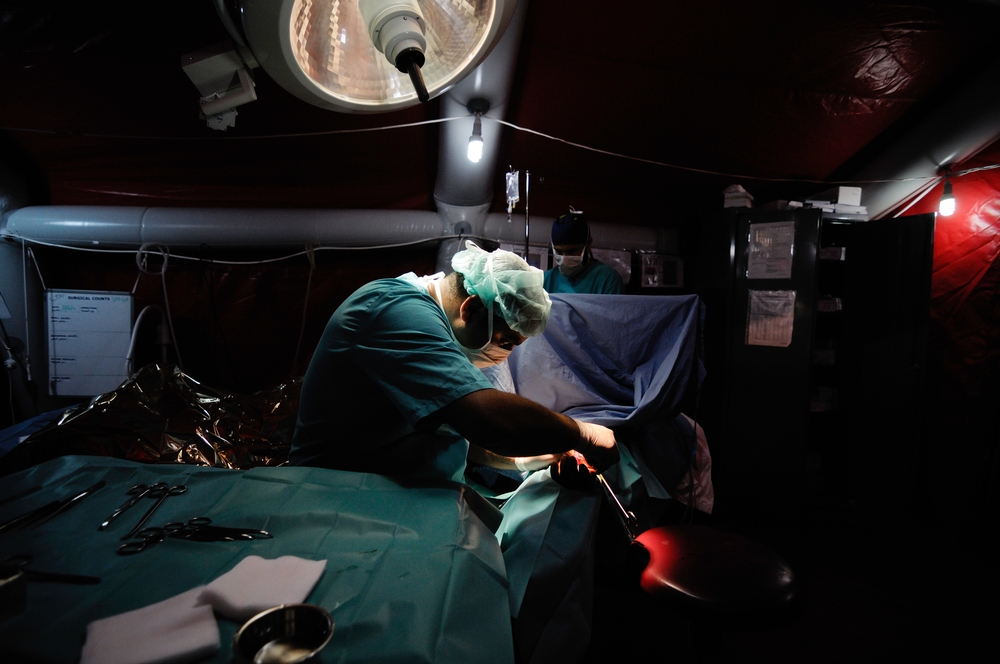
The conflict in Syria devastated what was previously a well-functioning healthcare system. With regions of the country inaccessible to humanitarian organizations, medical needs arising as an indirect consequence of the violence were largely unreported and unseen. MSF initially provided emergency and trauma surgical care in the north of the country. As the situation deteriorated, activities expanded to basic healthcare, mental healthcare, maternal health services and measles vaccination campaigns. MSF also donated medical supplies and drugs to treat communicable diseases such as typhoid, and chronic conditions such as asthma and diabetes, as well as cardiovascular and kidney diseases.
The conflict in northwestern Syria continues to cause fear, displacement and acute medical needs in 2019.
2014 – The west African Ebola epidemic
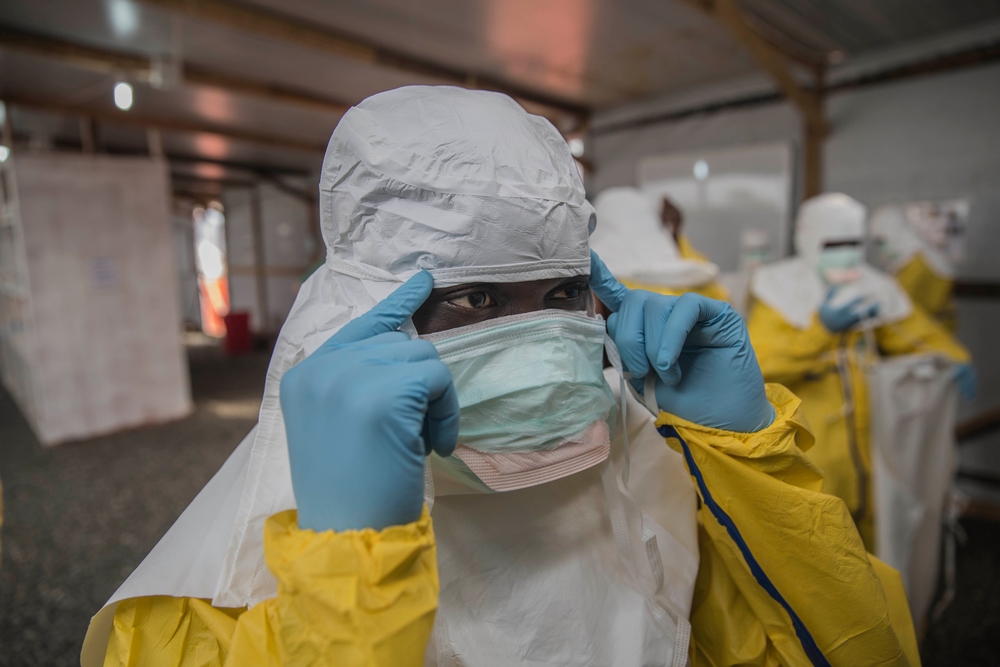
The largest outbreak of Ebola in history was officially declared in Guinea on March 22. It claimed more than 11,300 lives in six affected countries in West Africa, including more than 500 healthcare staff.
At the peak of the epidemic, MSF employed nearly 4,000 national staff and more than 325 international staff. MSF admitted 10,376 patients to its Ebola management centres, of which 5,226 were confirmed Ebola cases. The outbreak ended in June 2016.
In 2019, the Democratic Republic of Congo (DRC) continued to face the deadly disease. MSF aims to increase access to primary health care and reduce infection risks in Ebola zones.
2015 – Attacks on hospitals

In October, the MSF Kunduz trauma centre in Afghanistan was attacked by a US aircraft, resulting in the deaths of 14 staff, 24 patients and four patient caretakers. It had been open since 2011 and provided free, high-quality medical and surgical care to victims of violent and non-violent trauma. In the year prior, staff had treated more than 22,000 people and performed almost 6,000 surgical interventions.
Throughout 2015, there were 106 aerial and other bombardments affecting 75 MSF hospitals and MSF-supported facilities, causing varying degrees of damage. Of these, 63 were in Syria, five in Yemen, five in Ukraine, one in Afghanistan and one in Sudan. Behind each attack on health facilities are tens of thousands of people who are deprived of access to medical care.
MSF Canada was instrumental in launcing an online campaign discussing why humantiarian workers are #NotATarget.
2016 – Mediterranean refugee crisis
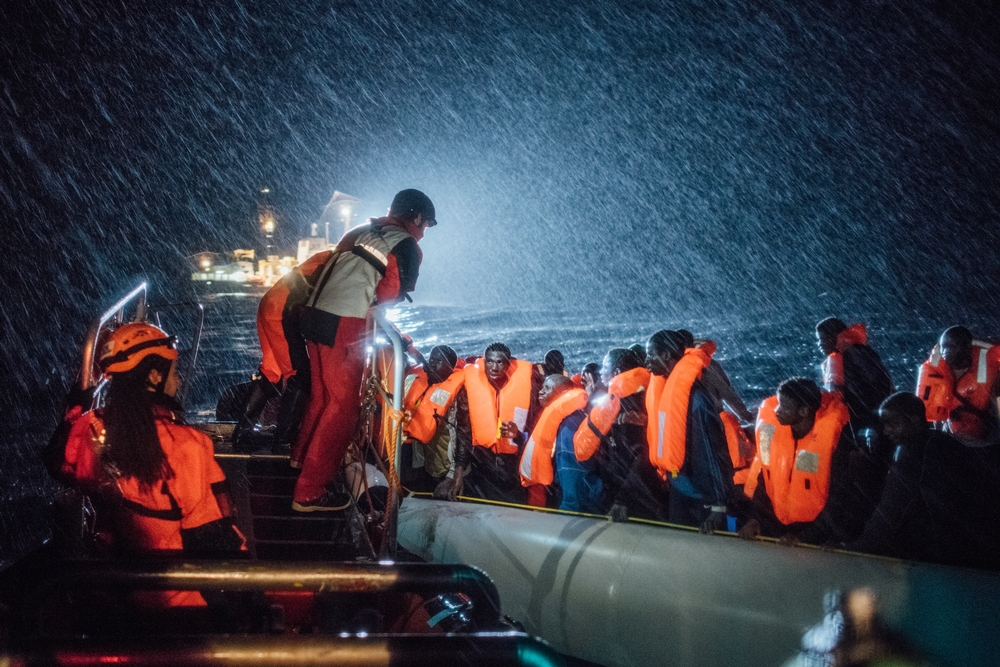
The arduous journey for the 21,603 people MSF teams rescued in 2016 began in countries from Bangladesh, to Nigeria, Chad, Eritrea, Syria and other countries in the Middle East. They fled wars, torture, conscription, forced labour, mass human rights violations, discrimination based on sexuality, violence persecution, extreme poverty and destitution. Regardless of their reasons, all those pushed to embark on an overcrowded and poor-quality boat were exposing themselves to a huge risk. The death toll on the central Mediterranean was higher in 2016 than in previous years, with more than one person dying for every 39 who survived.
In 2019, MSF teams resumed search-and-rescue missions in the Mediterranean Sea. However, the MSF ship, Ocean Viking, continues to face barriers for the disembarkment of migrants.
2017 – The Rohingya refugee crisis
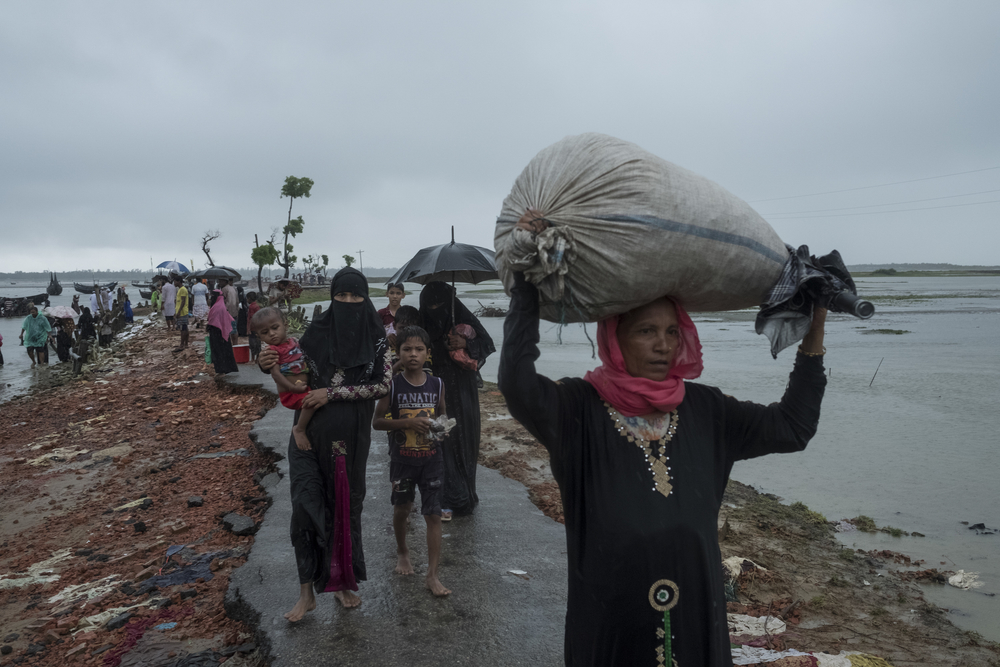
A concerted campaign of violence unleashed by the Myanmar military against the Rohingya in Rakhine state from August 25 prompted more than 660,000 people to flee across the border into Cox’s Bazar district, Bangladesh. By the end of the year, this brought the total Rohingya refugee population to more than 830,000. Most Rohingya reside in precarious shelters in heavily congested settlements prone to mudslides and flooding, where the hygiene and sanitation conditions are dire. In response, MSF scaled up its operations by managing 19 health posts, three primary health centres and four inpatient facilities. Between July and December, the number of patients MSF was seeing increased from 200 to 2,000 per day.
In 2019, MSF continues to provide medical care to Rohingya populations in precarious positions.
2018 – Exposing the mental health crisis in Nauru
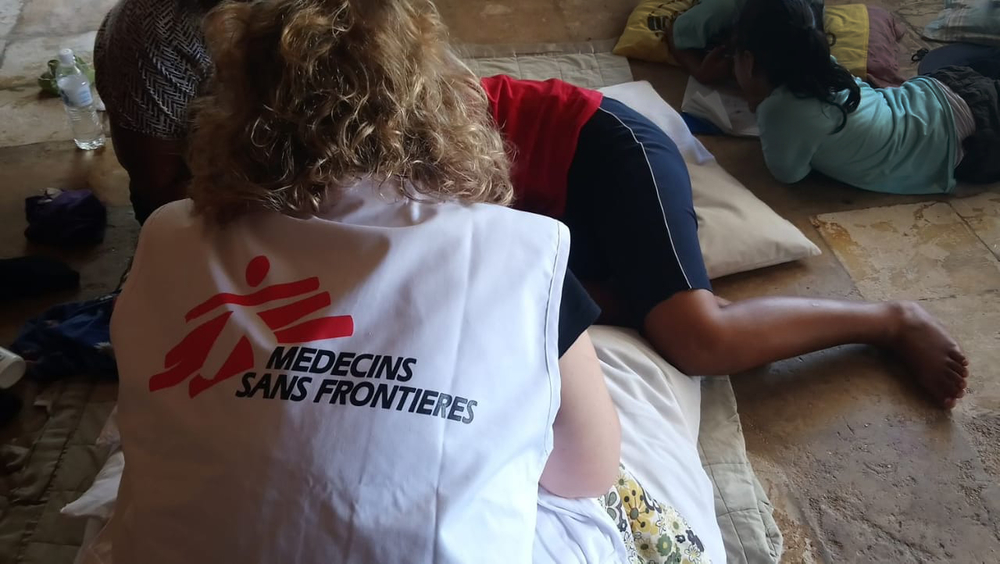
After 11 months of intervention and without warning, the Nauruan government informed MSF in October that our services were no longer required and must cease within 24 hours, suddenly leaving hundreds of patients in desperate need of care. In December, MSF published the first independent report demonstrating the scale of the mental health emergency. Almost half of our Nauruan patients required treatment for psychosis. Of the refugees and asylum seekers we treated, 30 per cent had attempted suicide and 60 per cent had considered it. While most Nauruan patients improved under MSF’s care, only 11 per cent of refugee and asylum seeker patients did, demonstrating a link between their indefinite containment and deterioration of their mental health.
MSF Canada continues to provide mental health services in various countries and recruit Mental Health Specialists.
2019 – Central American migration route continues to put vulnerable populations in danger
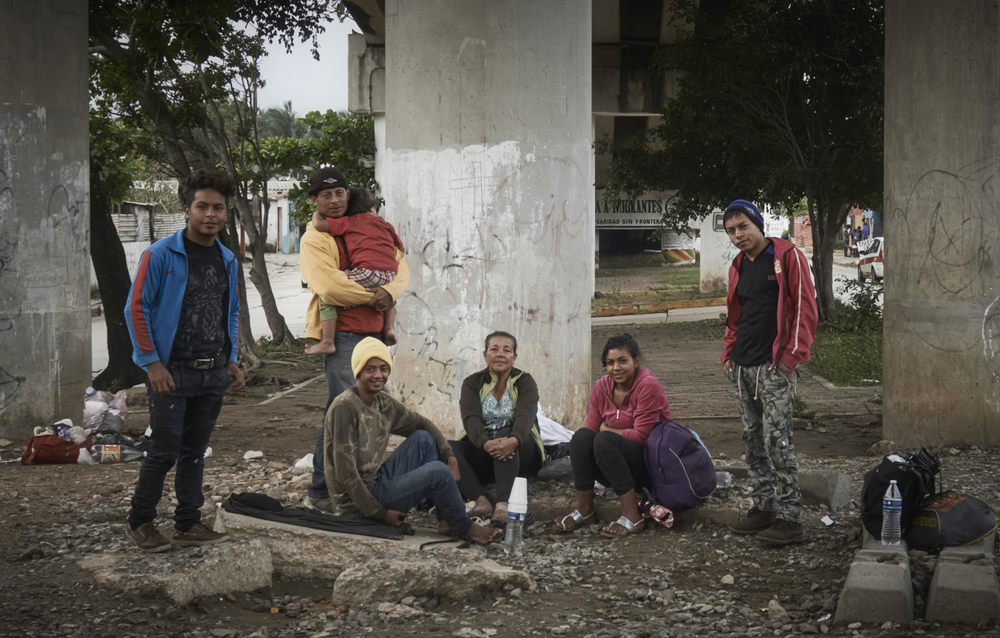
Migrants, refugees and aslyum seekers are forced to flee from their native lands of Guatemala, El Salvador and Honduras due to violence. Their dangerous journey exposes them to human trafficking, gang violence, sexual assault and puts their lives in danger. In addition, individuals and families are travelling thousands of miles on by foot and lack access to necessary healthcare including medical care, mental health services and proper water and nutrition.
Further, US migration policies have forced individuals to wait for their asylum results in dangerous cities such as Tenosique and Matamoros. They are exposed to kidnapping and an escalation in violence.
MSF recgonizes the endless cycle of violence and health consequences associated with the journey. In 2019, MSF continues to provide services through Central American migration routes.
